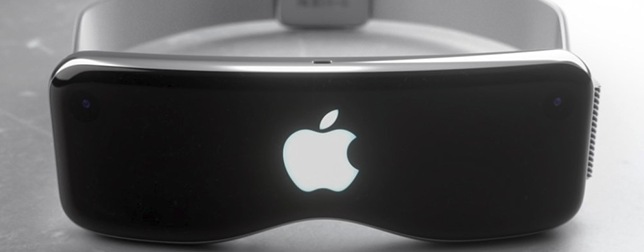Just two weeks after CNET reported that Apple is working on a standalone cordless headset for both augmented reality (AR) and virtual reality (VR), a new report has appeared saying Samsung may have a similar idea.
According to Korea Times, Samsung has “a powerful cordless headset that supports both augmented reality (AR) and virtual reality (VR),” one like Apple would use its own processors and OLED screens.
It should be noted that Samsung has a near-monopoly on phone and headset-size OLED panels – even Apple uses them in its premium iPhone X.
Read more Kessler Foundation and Virtualwear Team Up to Improve Recovery Outcomes in Stroke Patients
One key difference between Samsung and Apple’s wireless AR/VR headsets is that Samsung isn’t inevitably working on this headset all by itself. The Times reports it is working with Microsoft, apparently to integrate the headset to the tech giant’s Windows Mixed Reality platform, mentioned several times in the story.
If that’s the case, it would seem a little unusual, considering all of the first-generation Windows Mixed reality headsets, including the Samsung Odyssey, were wired devices you’d have to plug into a laptop or a powerful gaming PC. Yet, a wireless headset might be aligned with Microsoft’s goal. Lastly, Microsoft’s original HoloLens was a completely wireless headset that merged Augmented Reality and Virtual Reality, and the Windows Mixed Reality platform was a spin-off of that vision.
Read more Secrets of Hololens 2: What We’ve Learned So Far
Another difference is that while Apple’s headset is scheduled to be released in 2020, Korea Times reports that Samsung plans to beat Apple by showing off its new headset at the IFA tradeshow in Berlin this August.
About Apple’s wireless AR/VR headset
According to CNET, Apples’ AR/VR headset is code-named T288. The CNET report echoes a Bloomberg report from last year, which said Apple was planning to release an AR headset in 2020. This new report offers a few interesting new bits of information, however.
First, the headset would have a combination of both AR and VR capabilities. There are a few ways it can be done: Using a headset that is fully opaque like current VR products and using cameras to capture the outside world, or using a headset with a view area that can switch from transparent to opaque. It is not known how Apple will pull off switchable AR/VR.
Second, the CNet report provided few new technical details. The report said the headset will offer a staggering 8K resolution per eye. Now, that’s many times higher than the best VR headsets today, so it’s hard to imagine how Apple would power this type of resolution at the frame rates necessary for VR.













